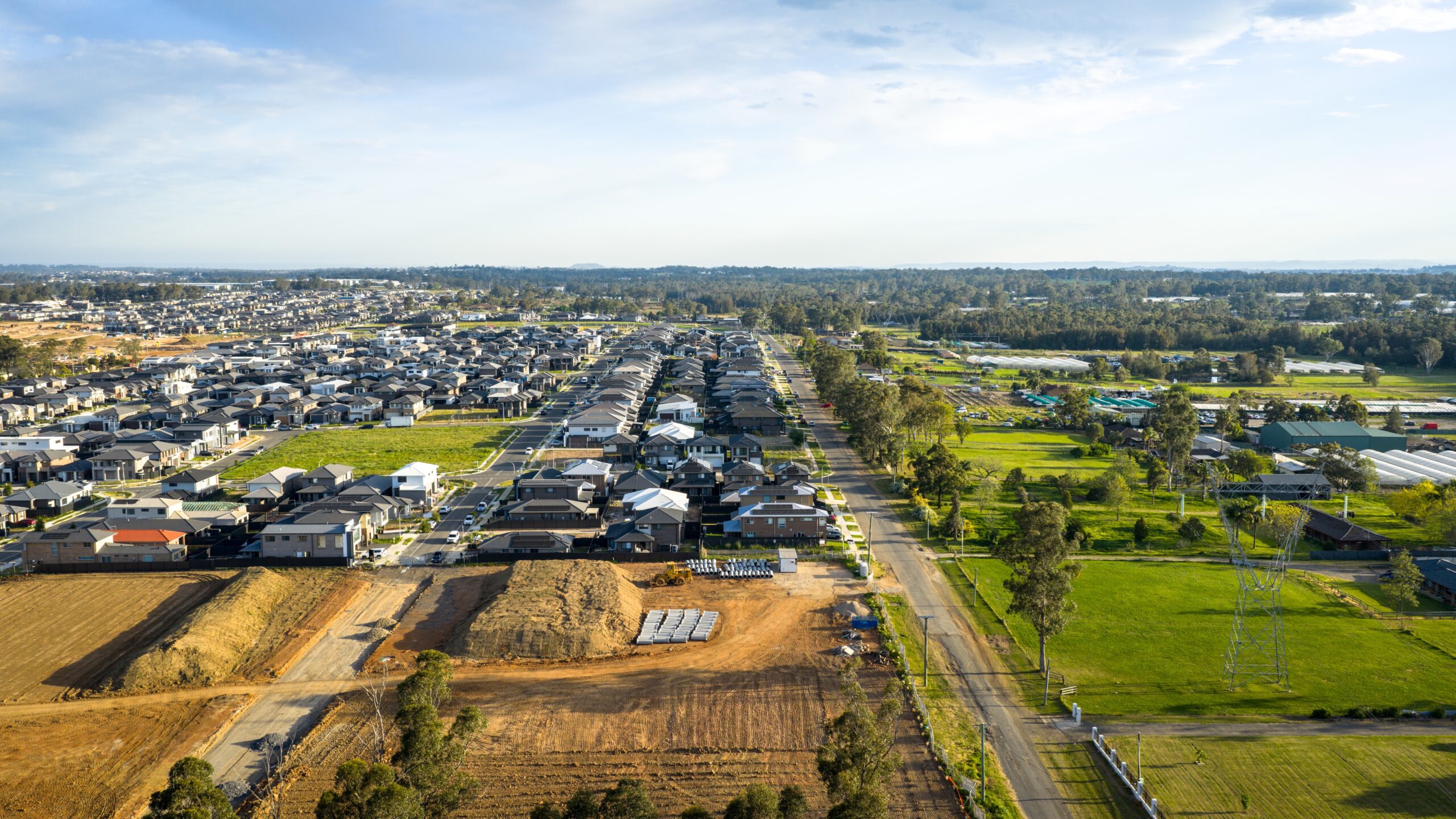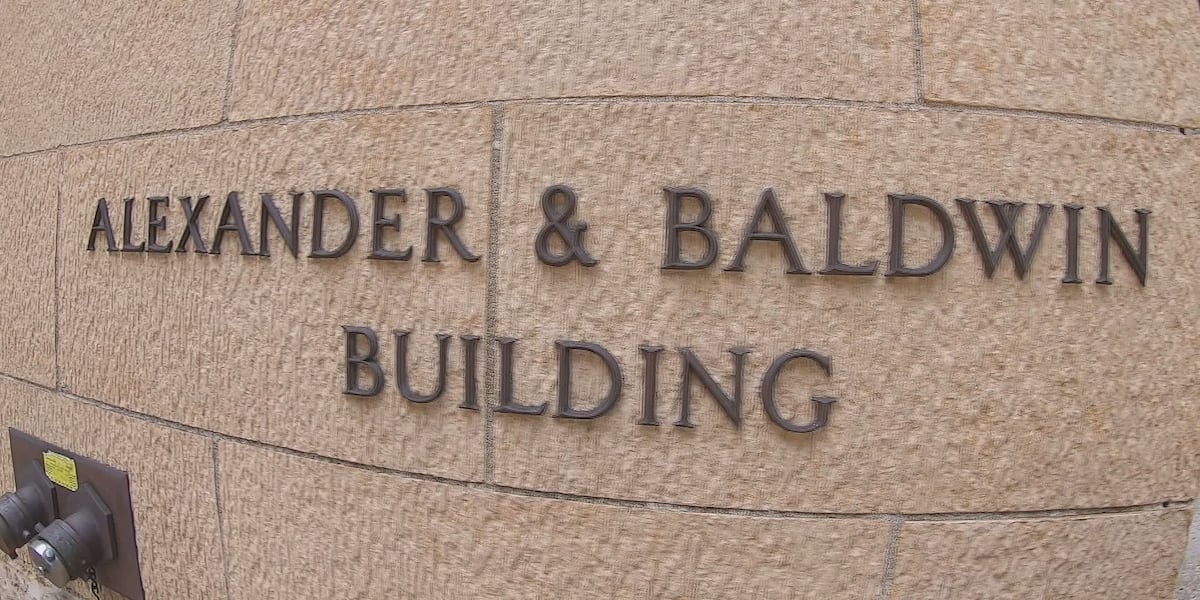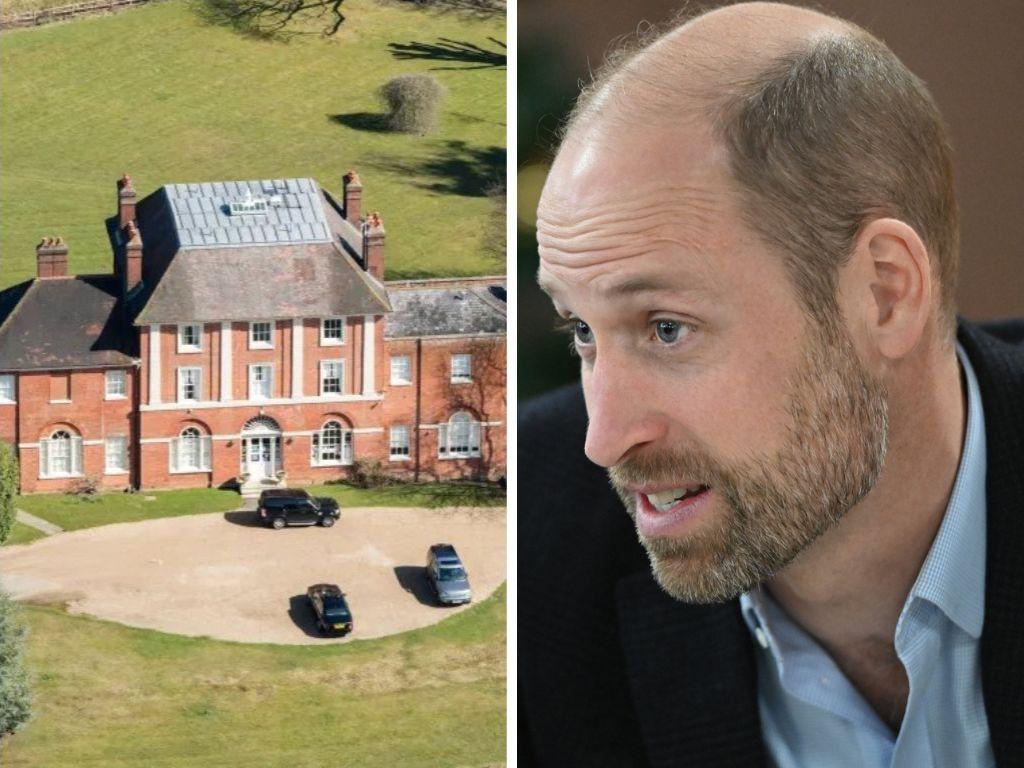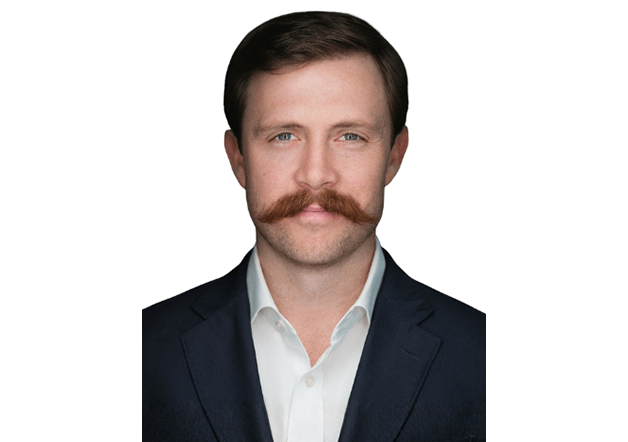N
ick Millican, CEO of Greycoat Real Estate, is a trailblazer in the commercial real estate industry. He's not just navigating the turbulent market, but charting an entirely new course with his distinctive three-pillar philosophy.
The first pillar focuses on preserving "embedded carbon" by prioritizing refurbishment over demolition. Millican sees every building as having a unique carbon story attached to it, and he believes that retaining existing structures is crucial for reducing emissions. Retrofitting an existing building emits 50-75% less carbon than constructing a new one of the same size, making it a shrewd business move.
By positioning Greycoat as a specialist in large-scale refurbishments, Millican has aligned the company with regulatory trends and changing market dynamics. He's turned what could have been a constraint into a competitive advantage.
Millican's second pillar is strategic opportunism. While others see risk, he sees buying opportunities created by temporary market dislocations. The pandemic upended commercial real estate, but Millican saw an overcorrection in office prices and seized the chance to acquire new projects. He's transformed Greycoat from a consultancy into an "operating partner" business, leveraging its expertise across a broader portfolio while maintaining skin in the game.
The third pillar is the experiential workplace. Millican believes that offices should be designed as destinations that offer experiences impossible to replicate at home. This approach represents a profound shift from previous generations of office buildings, which were primarily designed for efficiency and density. Greycoat's DIALS project exemplifies this philosophy with its full-height atrium, flexible floor plates, and exceptional connectivity.
In February 2024, Millican announced Greycoat's planned expansion to Paris, providing a perfect case study of how his three pillars work together in practice. The Paris market offers opportunities for refurbishment, current market uncertainties create attractive valuation entry points, and the city's vibrant urban fabric provides the perfect context for experiential workplaces.
Millican predicts that over time, more focus will be placed on retention and refurbishment rather than demolition and rebuild. His approach has positioned Greycoat not just to survive the industry's transformation but to help define it. By integrating carbon budgets into every project assessment and designing for the hybrid future, Millican is demonstrating a competitive advantage in a sector where following the crowd often feels safest.
In Millican's vision, environmental performance, occupier needs, and urban vitality are integrated facets of a new definition of value in commercial real estate. This holistic perspective may well prove to be the blueprint for the industry's future.













